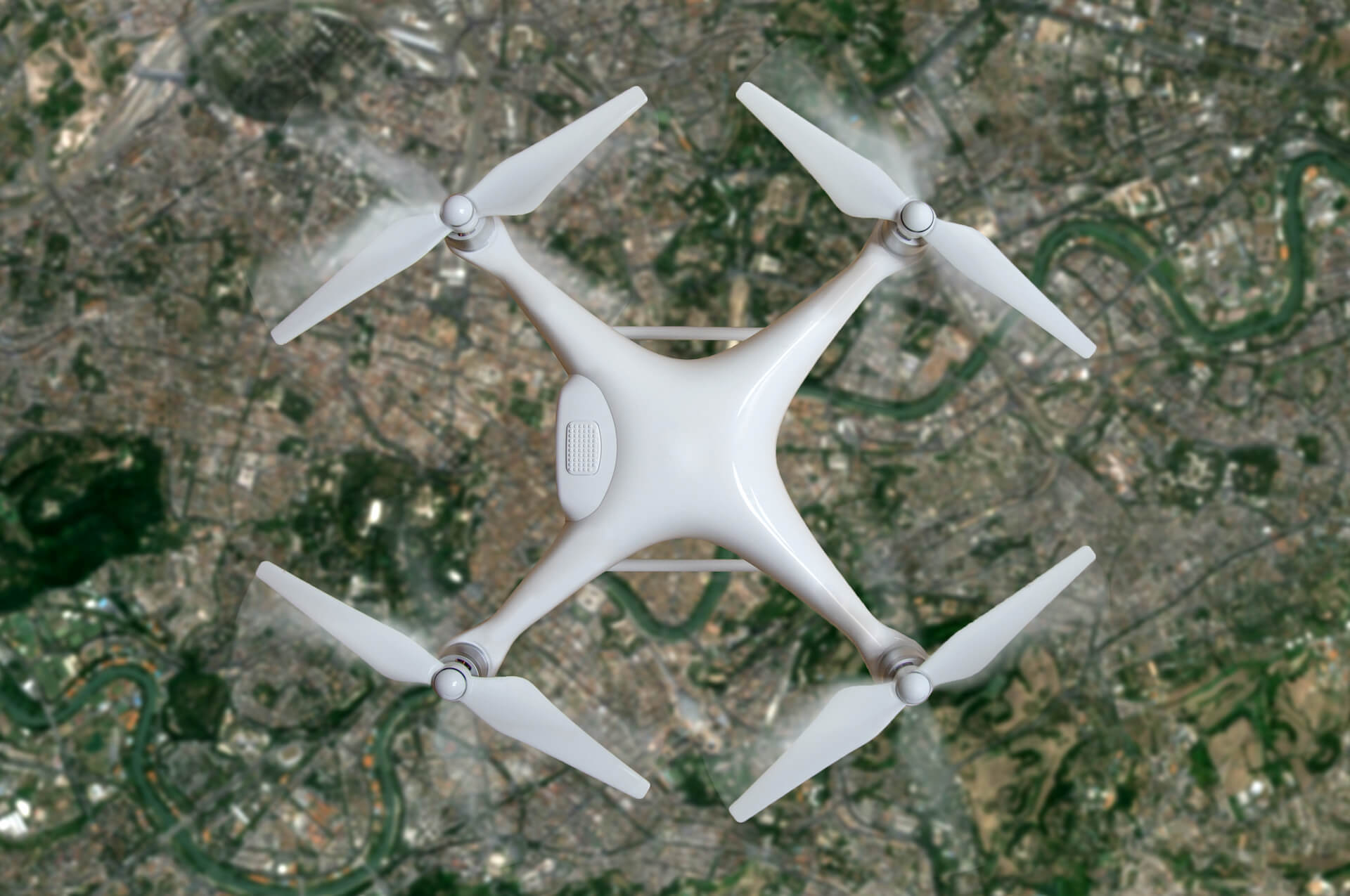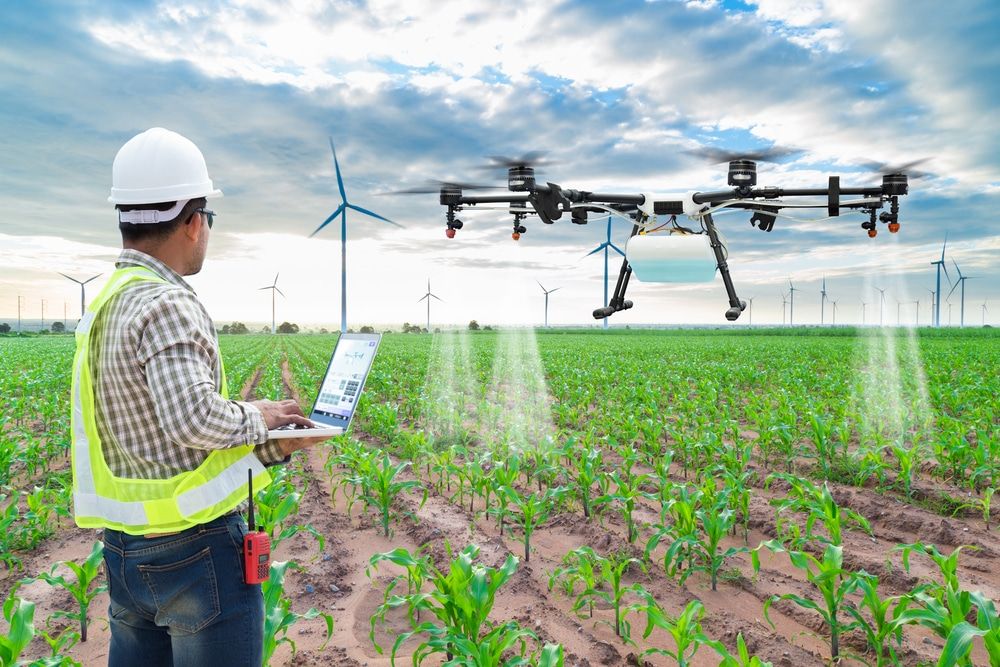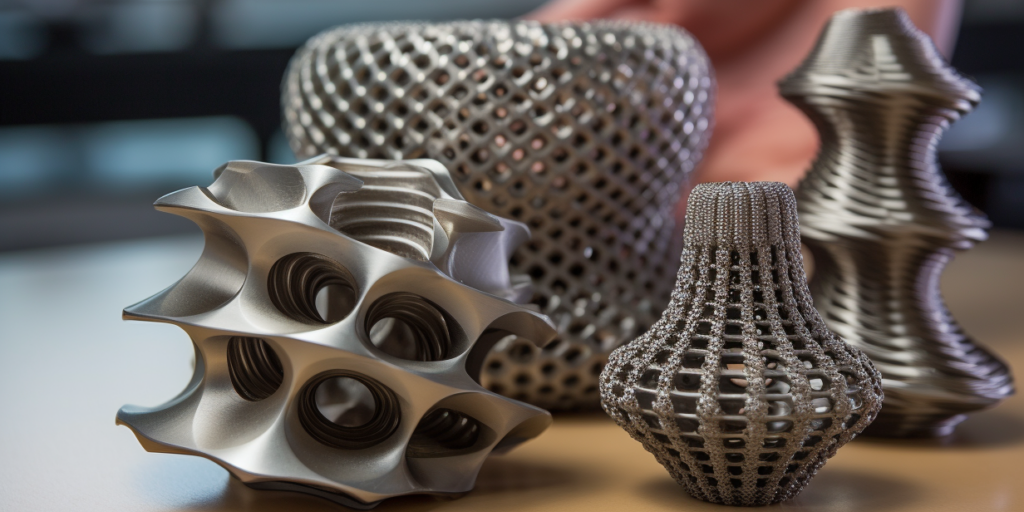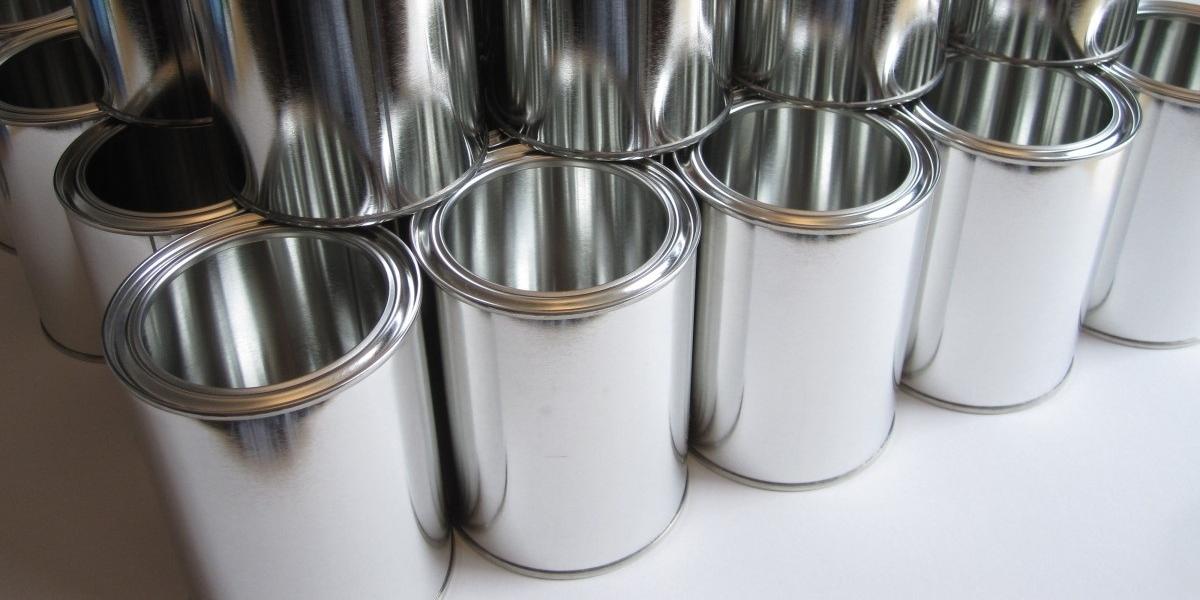Introduction
The agricultural sector is soaring into a new era, driven by the rise of intelligent agricultural drones that are redefining the art and science of farming. By 2025, these aerial workhorses will be indispensable, offering farmers razor-sharp precision in monitoring crops, optimizing water use, and predicting yields with near-clairvoyant accuracy. MarketsandMarkets projects the agricultural drone market to surge past $10.9 billion by 2028, fueled by a 19.8% CAGR—a testament to their game-changing role in sustainable agritech. In this article, we dissect the top 10 manufacturers leading this revolution, spotlighting their innovations, market clout, and commitment to building greener, smarter food systems.
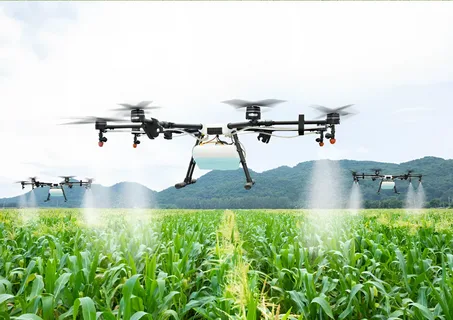
The Role of Drones in Modern Agriculture
Agriculture drones have evolved from experimental tools to mission-critical assets for modern farming. Their adoption is underpinned by several industrial imperatives:
- Enhanced Precision: Multispectral and hyperspectral imaging systems enable granular analysis of crop health, soil composition, and irrigation needs.
- Operational Efficiency: Automated spraying systems reduce labor costs by up to 60%, while drone-based field mapping accelerates decision-making cycles.
- Resource Optimization: AI-driven analytics minimize input waste, with studies showing a 30–50% reduction in water and agrochemical usage.
- Regulatory Compliance: Drones facilitate adherence to environmental regulations by curbing chemical runoff and enabling carbon footprint tracking.
- Scalability: From smallholder farms to agribusiness conglomerates, drone solutions are adaptable to diverse operational scales.
These factors position drones as indispensable tools for achieving the United Nations’ Sustainable Development Goals (SDGs) in agriculture.
Types of Drones for Agriculture
Modern farming relies on specialized drones tailored to distinct tasks. Below, we break down the five core categories reshaping agriculture in 2025:
Mapping Drones
Equipped with LiDAR and multispectral sensors, these drones generate 3D field maps, identifying soil variability and drainage issues. They’re the “cartographers” of precision agriculture, enabling farmers to zone fields for targeted interventions.
Health Monitoring Drones
Using hyperspectral imaging and AI analytics, these models detect nutrient deficiencies, disease outbreaks, and crop stress weeks before visible symptoms appear. Think of them as “flying doctors” conducting routine checkups on your fields.
Irrigation Management Drones
Thermal cameras and soil moisture sensors help these drones pinpoint over- or under-watered areas. They sync with IoT-enabled irrigation systems to automate watering schedules, acting as “aquatic custodians” for drought-prone regions.
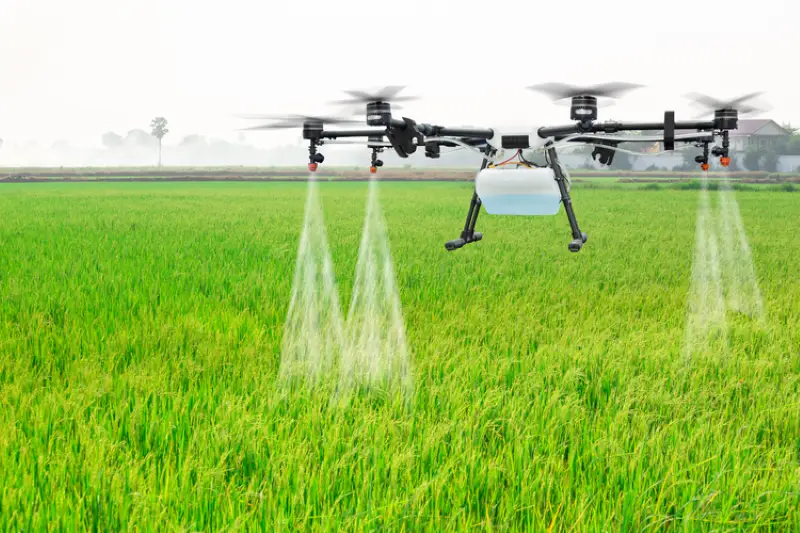
Pest Control Drones
Armed with AI-powered cameras, these drones identify pest hotspots and deploy targeted biological agents or pesticides. They’re the “guardians” of integrated pest management, slashing chemical use by up to 70%.
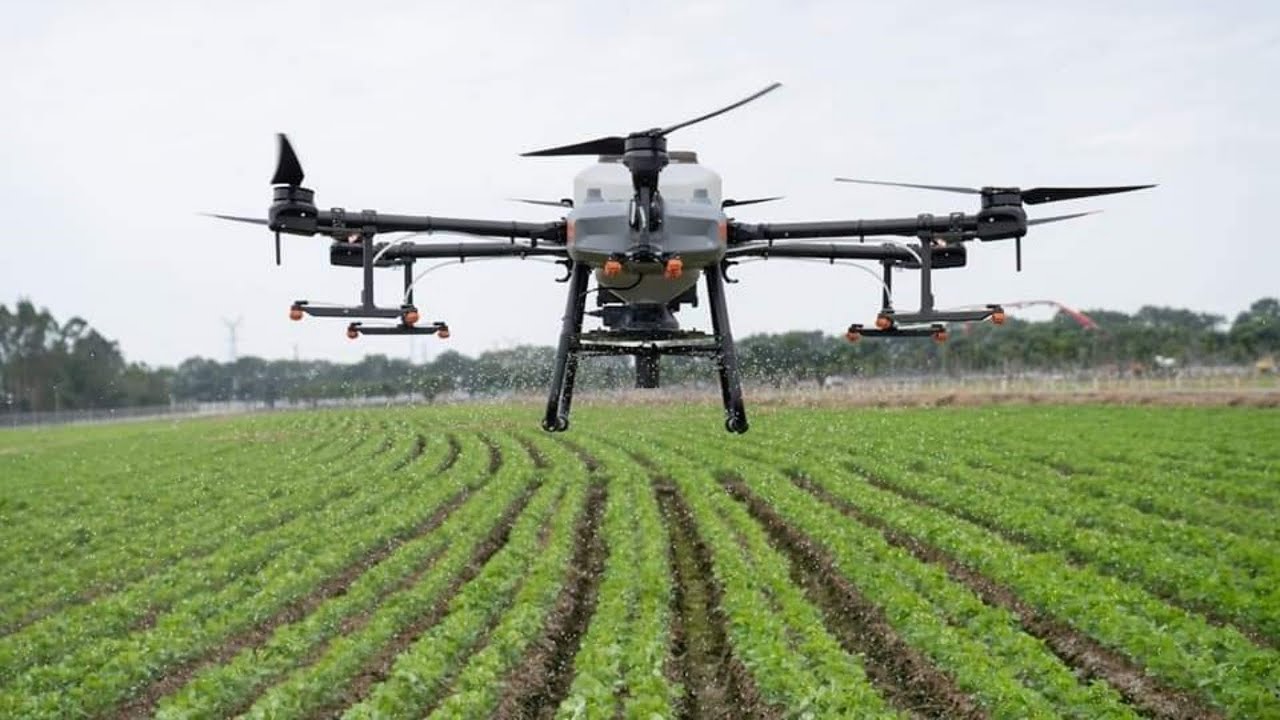
Herbicide and Seed Application Drones
Heavy-lift models with precision sprayers or seed dispersal systems. They excel in terrains where tractors can’t tread, serving as “aerial farmers” for spot-treating weeds or reseeding eroded plots.
Top 10 Agriculture Drone Manufacturers in 2025
1. DJI Agras (China)
Market Leadership: DJI Agras maintains its hegemony in the agricultural drone sector, commanding a 35% global market share.Imagine a drone so precise it could thread a needle mid-flight. DJI Agras’ T50 model does the next best thing: it sprays herbicides with millimeter-level accuracy, thanks to AI that spots weeds like a caffeine-fueled botanist. With a 50-liter payload (that’s 13 gallons of liquid justice), this drone is the Tony Stark of farming—flashy, efficient, and always saving the day. Partnered with Bayer, it’s basically the Avengers of pest control.
Core Innovations:
- Computer Vision Spraying: Proprietary AI algorithms detect weed clusters in real time, reducing herbicide application by 90%.
- Modular Design: Interchangeable payloads for seeding, spraying, and soil sampling.
- Industrial Impact: Collaboration with Bayer Crop Science to develop pesticide-resistant drone spray protocols.
2. AgEagle (USA)
Positioning: AgEagle’s strategic acquisitions of MicaSense and senseFly have cemented its role as a data analytics powerhouse. The eBee X series, equipped with hyper-spectral sensors, is widely adopted for early blight detection in row crops.
Technological Advancements:
- Predictive Yield Modeling: Integration with IBM Watson for climate-resilient crop planning.
- Edge-to-Cloud Architecture: Onboard data processing minimizes latency in remote areas.
Industrial Impact: Partnered with the USDA to map drought-prone regions using AI-driven thermal imaging.
3. XAG (China)
Operational Excellence: XAG’s P Series drones are lauded for their hybrid propulsion systems, combining electric motors with hydrogen fuel cells for extended flight endurance.
Breakthrough Technologies:
- Swarm Intelligence: Coordinated fleets of 20+ drones capable of covering 1,000 acres daily.
- Smart Irrigation Modules: IoT-enabled soil moisture sensors trigger automated watering cycles.
Industrial Impact: Piloted blockchain-based traceability systems for organic rice farms in Vietnam.
4. Parrot Agriculture (France)
Sustainability Focus: Parrot’s Bluegrass Farms drone targets the organic sector, featuring biodegradable spray nozzles and solar-charging stations.
Key Developments:
- Carbon Sequestration Analytics: Quantifies soil carbon levels to assist in carbon credit trading.
- Agroecology SDK: Open-source software for customizing pest management workflows.
Industrial Impact: Leading EU-funded initiatives to rehabilitate degraded farmland in Southern Europe.
5. Yamaha RMAX (Japan)
Legacy Innovation: A stalwart in agricultural aviation since 1991, Yamaha’s RMAX series now incorporates hydrogen fuel cells, achieving zero-emission crop dusting.
Engineering Milestones:
- VTOL Hybrid Systems: Seamless transition between vertical takeoff and fixed-wing efficiency.
- Robotic Pollinators: Deployed in almond orchards to mitigate bee population declines.
Industrial Impact: Joint ventures with Toyota to establish hydrogen refueling stations across Asia.
6. PrecisionHawk (USA)
Data-Centric Solutions: PrecisionHawk’s Lancaster Platform merges drone-collected data with satellite imagery, offering predictive insights for pest and disease management.
Pioneering Features:
- Autonomous Charging Docks: Self-replenishing drone stations for 24/7 farm surveillance.
- Carbon Credit Portals: Farmers monetize emission reductions via verified carbon offsets.
Industrial Impact: Secured FDA approval for drone-assisted organic certification processes.
7. Hylio (USA)
Heavy-Duty Applications: Hylio’s AG-272 dominates large-scale farming with a 72-gallon chemical tank, ideal for monoculture plantations in emerging markets.
Technical Superiority:
- Offline Navigation: Proprietary SLAM (Simultaneous Localization and Mapping) technology operates sans GPS.
- Frost Mitigation Systems: Protects vineyards and citrus groves from sub-zero temperatures.
Industrial Impact: Leading supplier for Brazil’s soybean belt, covering 12 million acres annually.
8. Delair (France)
Fixed-Wing Expertise: Delair’s UX11 Ag excels in large-area mapping, capturing 500-acre plots per flight with centimeter-level accuracy.
Innovative Edge:
- IoT Integration: Syncs with soil sensors and weather stations for real-time irrigation advisories.
- DaaS (Drone-as-a-Service): Subscription models tailored for cooperative farming networks.
Industrial Impact: Collaborating with the African Union to combat desertification in the Sahel region.
9. Sentera (USA)
Precision Analytics: Sentera’s DoubleSensor technology simultaneously captures NDVI (Normalized Difference Vegetation Index) and RGB data, enabling holistic crop diagnostics.
Cutting-Edge Tools:
- PHENOM AI: Machine learning algorithms recommend crop rotations based on historical yield data.
- All-Weather Durability: Reinforced frames withstand extreme climatic conditions.
Industrial Impact: Integrated with John Deere’s Operations Center for seamless data interoperability.
10. AeroVironment (USA)
Defense-to-Agriculture Transition: Leveraging military-grade engineering, AeroVironment’s Quantix Recon offers rapid-deployment solutions for disaster-hit farms.
Mission-Critical Features:
- Swarm Deployment: Multiple drones coordinate to assess flood or fire damage within hours.
- Dynamic Irrigation Algorithms: AI adjusts water allocation based on real-time evapotranspiration rates.
Industrial Impact: USAID contracts for famine prevention in East Africa’s arid zones.
Find the best drone for your farm
Selecting the best drone for your farm requires a ruthless audit of specs versus needs. Prioritize:
- Payload Capacity: 20L+ tanks for efficient crop spraying; modular options for soil sampling.
- Sensor Suite: Multispectral for precision agriculture, LiDAR for obstacle avoidance in orchards.
- Battery Endurance: 40+ minutes flight time; swappable batteries for all-day ops.
- Software Compatibility: Syncs with DJI SmartFarm or John Deere Operations Center.
- Terrain Adaptability: Weatherproofing for rain, dust, and that one rogue fence post.
Pro tip: Drones don’t take lunch breaks, but they do demand firmware updates. Choose wisely—your ROI depends on it.
Conclusion
The Agriculture Drone Manufacturers of 2025 aren’t just selling hardware—they’re scripting the future of global food security. From DJI’s AI-powered sprayers to Yamaha’s hydrogen-fueled workhorses, these innovators prove that farming’s next frontier is vertical, autonomous, and unapologetically efficient. As droughts tighten and populations boom, the question isn’t whether to adopt agritech drones, but how fast you can charge their batteries. The sky, it turns out, isn’t the limit—it’s the starting line.
Consider Partnering with XMAKE
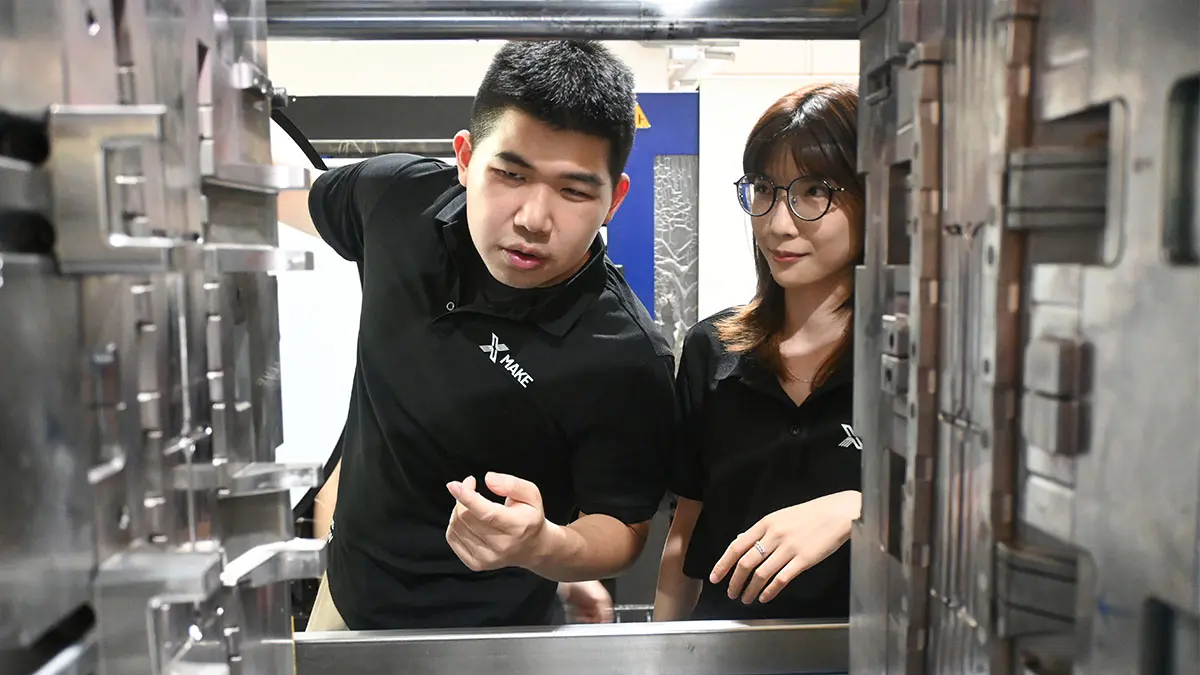
XMAKE is the world’s leading digital manufacturing platform, capable of producing and machining several drone key components. PDW, one of the best military drone manufacturers in the US, and EHang, a leader in unmanned intelligent transport research and development in China, are our long-term partners.If you are concerned about the durability, tight tolerances, machining technology requirements, and other aspects of drone parts, you should contact XMAKE. We can help you solve these problems.
FAQ
Q: Do you need a license to fly an agricultural drone?
A: Yes. In most countries, operators must hold a Part 107 (U.S.) or equivalent certification, which covers airspace regulations, safety protocols, and emergency procedures. Some regions also mandate farm-specific endorsements for crop spraying or precision agriculture operations.
Q: What drone is used most often in agriculture?
A: The DJI Agras T40 dominates global markets due to its versatility in spraying, mapping, and compatibility with DJI SmartFarm. Close runners-up include XAG’s P Series for hybrid fuel efficiency and AgEagle’s eBee X for hyperspectral analytics.
Q: Can drones be used for seeding and planting?
A: Absolutely. Heavy-lift models like Hylio’s AG-272 deploy seed pellets in eroded or hard-to-reach areas, achieving 95% germination rates in trials. They’re particularly effective for reforestation and cover crop planting.
Q: What training is required to operate agricultural drones?
A: Beyond licensure, operators need hands-on training in payload calibration, flight planning software (e.g., DJI SmartFarm), and emergency troubleshooting. Many manufacturers offer certification programs—because crashing a $25,000 drone into a silo is frowned upon.
References
- Federal Aviation Administration (FAA). (2025). Part 107 Small UAS Rule.
- DJI Official Site. (2025). Mavic 3 Thermal Specifications.
- DroneDeploy. (2025). Roof Inspection Case Studies.
- Drone Industry Insights. (2025). 2025 Global Drone Market Report.
- Flyability. (2025). Elios 3 Confined-Space Applications.
- Pix4D. (2025). 3D Modeling for Roof Inspections. https://www.pix4d.com
- Cyberhawk Case Study. (2025). Industrial Roof Inspections with Drones.

